StabilEyes aims to revolutionize smart contact lenses to treat Nystagmus, an eye condition characterized by involuntary and uncontrollable eye movements that can cause vestibular and vision problems. Current treatments involve surgery and medications, but are costly and do not provide long term relief. We propose the use of soft contact lenses as a sustainable and effective treatment for nystagmus. The contact lens consists of two main components: an piezoelectric actuator and a motor. The actuator generates electricity through the piezoelectric effect, converting mechanical energy into electrical energy. When a piezoelectric material is compressed, the atoms shift resulting in dipoles which create electricity. The eye twitching caused by Nystagmus will compress the piezoelectric material, powering the device. The actuator is then connected to a motor which sends small vibrations to a portion of the user’s eye based on their type of nystagmus, counteracting the involuntary eye movement.
Regional Winners
Region 1
Region 2
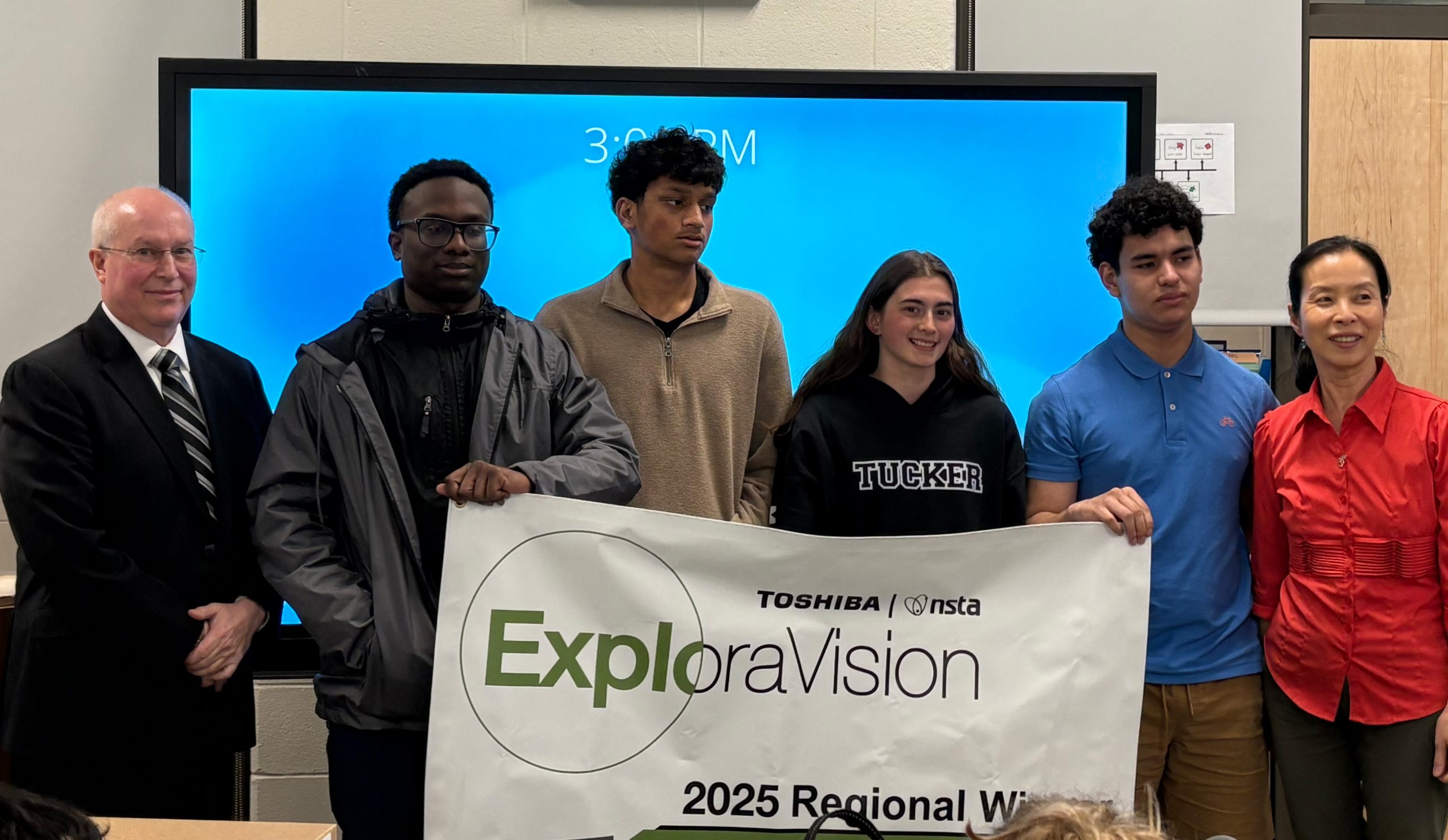
The Nut Allergen Detection System, or N.A.D.S., is a compact, portable device designed to detect the presence of nuts in food for the safety of people suffering from nut allergies. N.A.D.S. makes use of an advanced biosensor technology to detect allergenic proteins generally found in nuts within seconds. The device uses a swab mechanism to collect food samples and then analyzes them in real time, showing the results on a mobile app. In support, development from microfluidic and biochemical detection systems inspired N.A.D.S., combining ease of use with ultimate sensitivity; N.A.D.S. provides for field-like use of a trusted allergen-safety tool.
Region 3
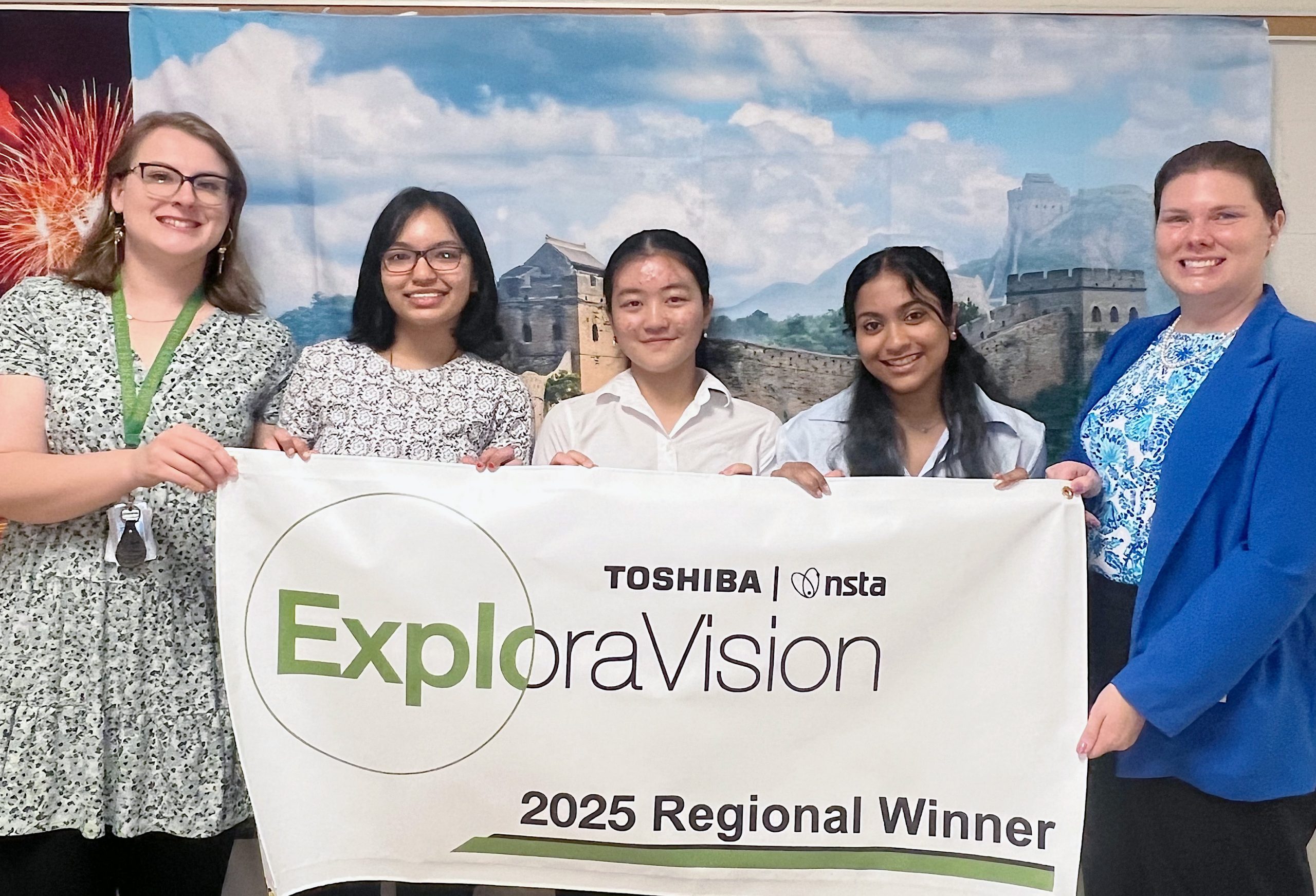
Leukemia, an umbrella term for blood cancer, claims thousands of lives annually. It is characterized by an uncontrolled production of white blood cells, affecting the bone marrow and lymphatic system. This blood cancer is challenging to detect as it does not form solid tumors. However, we discovered that four types of leukemia, CML, ALL, AML, and CLL, share the biomarker BCR-ABL1 fusion protein. This genetic anomaly results from a chromosomal translocation between chromosomes 9 and 22, causing abnormal tyrosine kinase activity, and disrupting normal cellular signaling pathways. Hence, leading to uncontrolled cell growth. Applying this, we created LeukoTrace, a comprehensive screening tool. LeukoTrace uses fluorescent-conjugated antibodies to attach a fluorescent dye to the antigens of the BCR-ABL1 fusion protein to light up, allowing for the detection of the fusion protein. The results of this tool will expedite the diagnosis process, thereby lowering the cost of diagnosis, and improving healthcare delivery.
Region 4
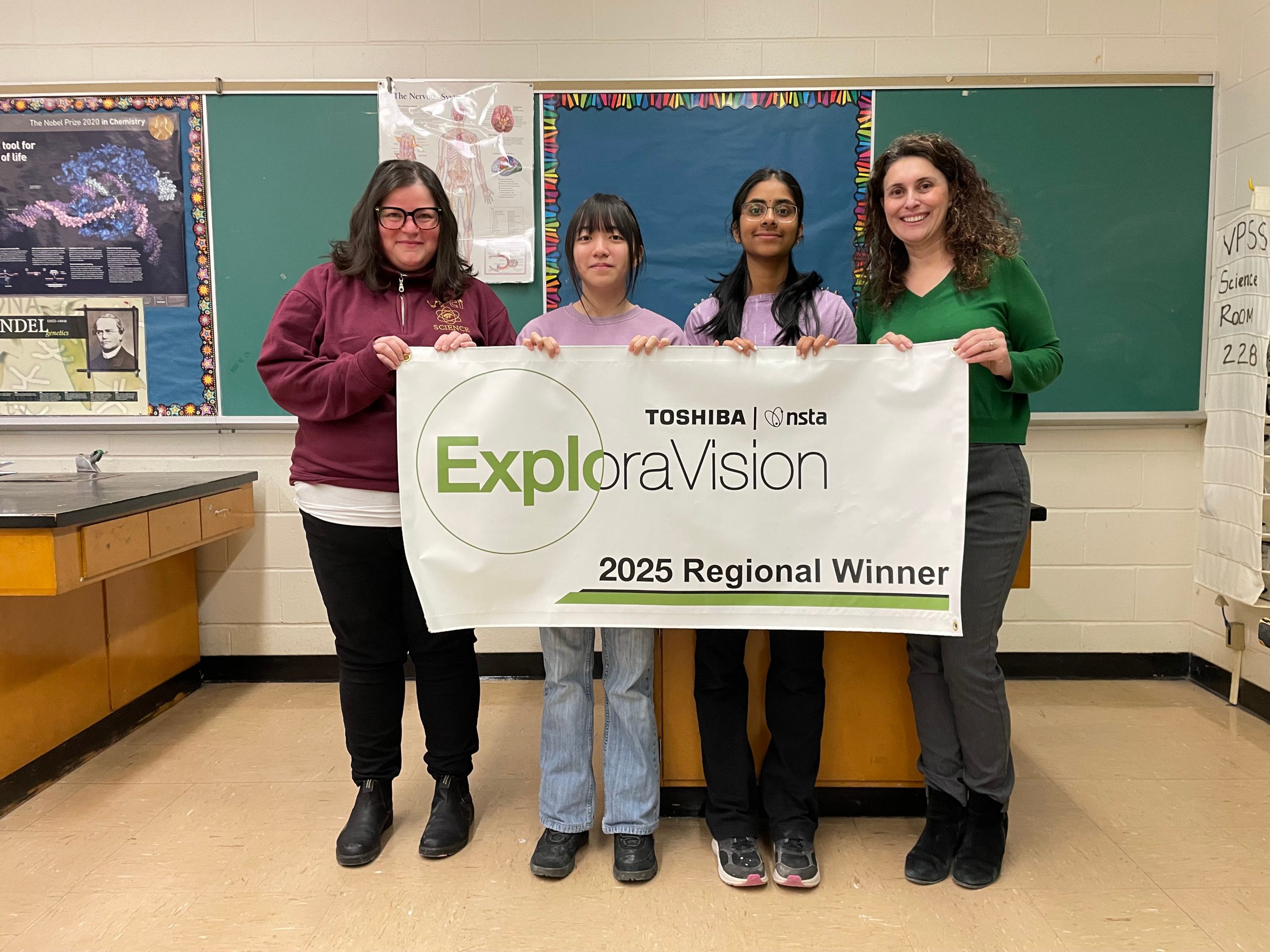
We created a device which allows for the detection and prevention of seizures. Using various sensors and a AI machine learning program, we aim to forecast seizures before they occur and provide treatment right when the seizure occurs through the usage of vagus nerve stimulation. We utilize many forms of data including previous EEG data from patients to provide accurate seizure forecasts. Seizor is a hybrid device, consisting of a earpeice (tVNS) and a wristwatch with a bluetooth feature that allows for automatic exchange of information. Seizor aims to increase independence for those with seizures and improve their quality of life.
Region 5
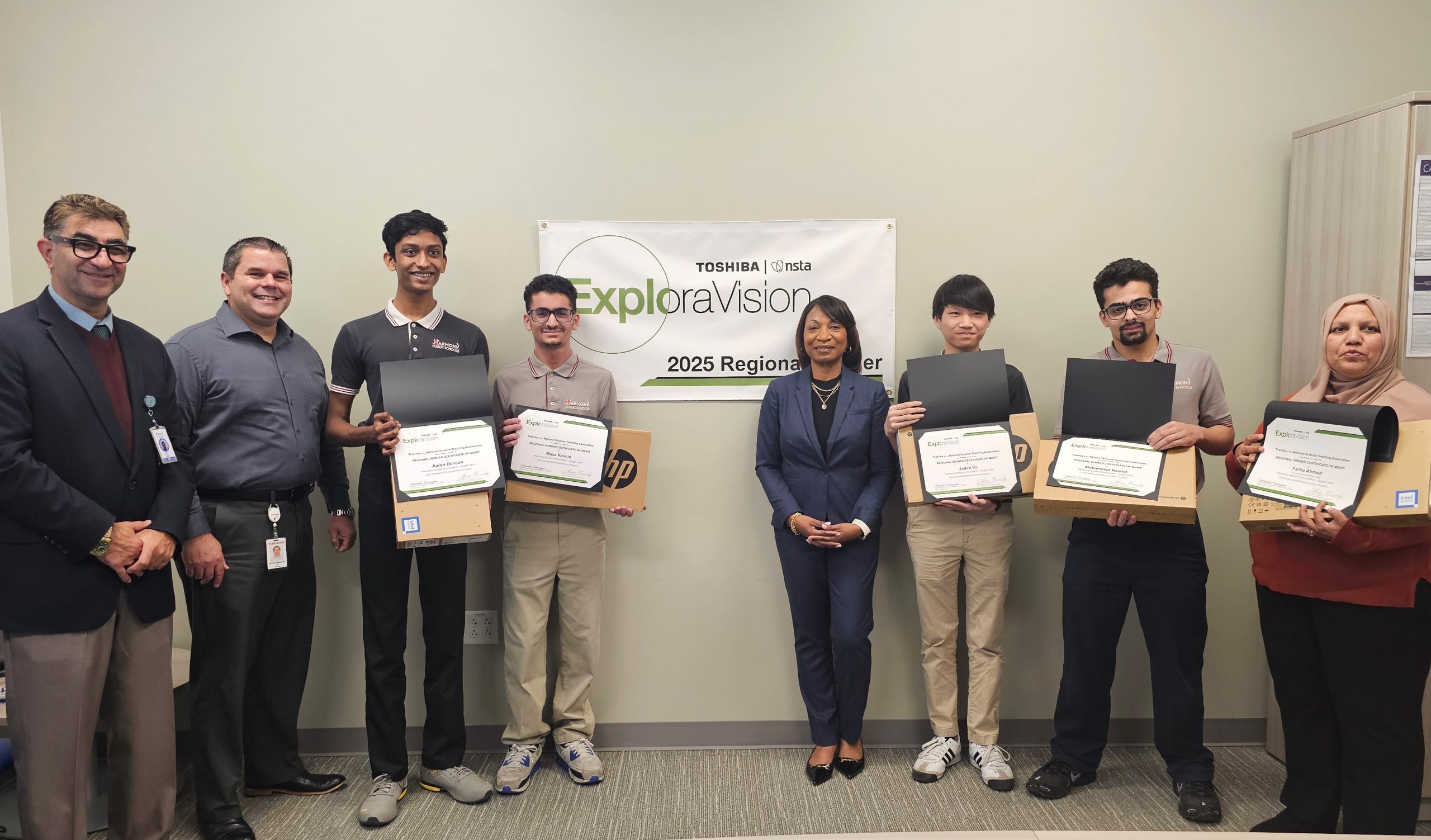
By 2040, over 280 million adults are expected to have their quality of life severely diminished by retinal degenerative disease. Despite the scale of the issue, current prosthetic solutions offer poor visual acuity, with a maximum resolution of 20/200. In addition, these existing solutions have costs ranging in the tens of thousands. Our project introduces a major leap over existing solutions, yielding 20/80 vision at an estimated cost of 5,000 USD. The solution, Ocular Photoreceptor Integration for Therapeutic Intervention and Compensation (OPTIC), integrates novel innovations to achieve this. Primarily integrating Quantum Dot-based synthetic photoreceptors, OPTIC is a hierarchical scaffold that can be procedurally implemented en masse. OPTIC’s resolution leap will serve as a foundation for the development of further innovations addressing this ever-growing issue.
Region 6
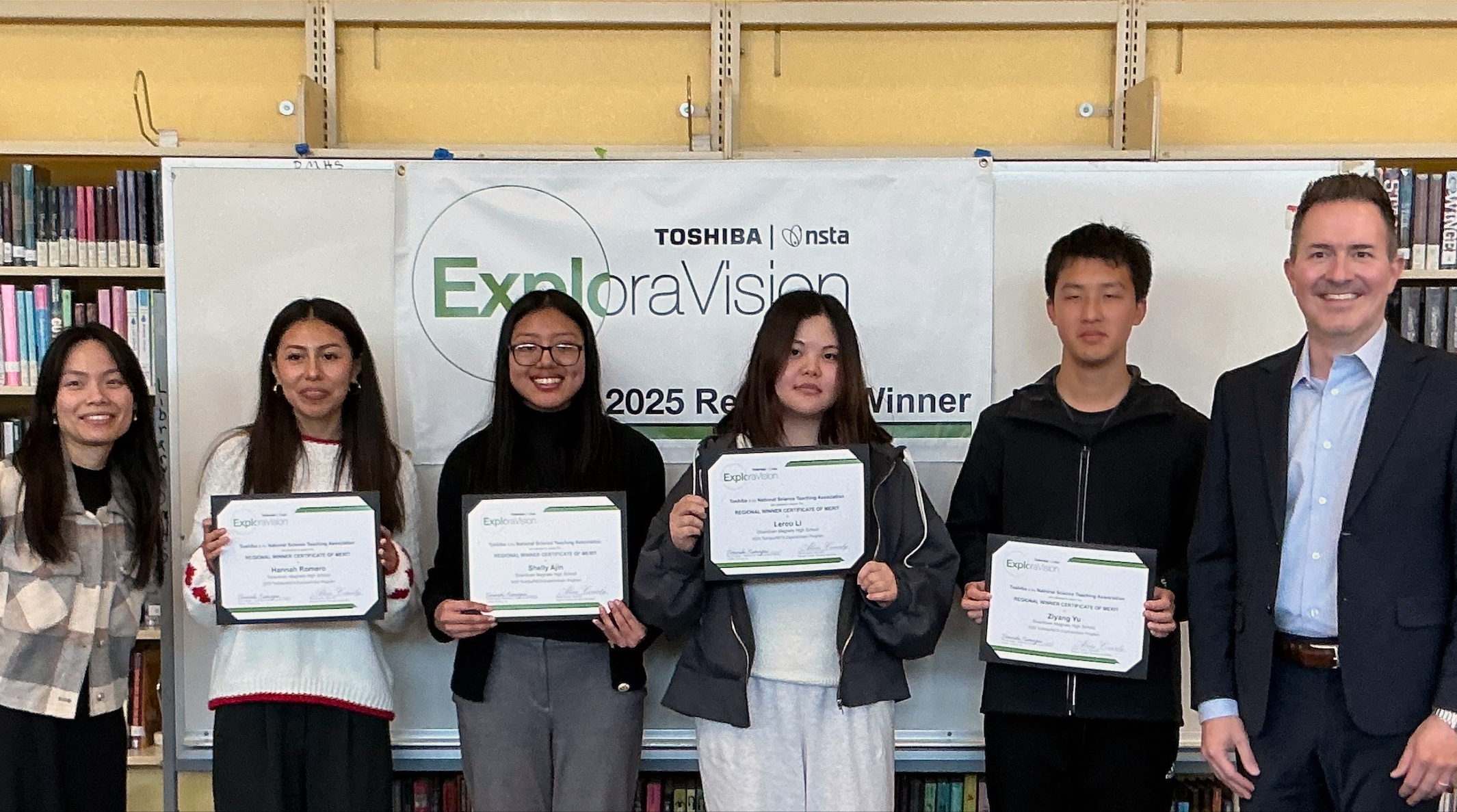
Coronary artery disease (CAD) affects over 20 million U.S. adults and causes over 350,000 deaths annually. CAD is caused by plaque buildup that narrows arteries and reduces blood flow, which could lead to heart attacks and potential heart failure. The NAPS (Nano Artertract Plaque Seeker) is a new intravenous drug designed to target plaque-causing macrophages using iron oxide nanoparticles for precise drug delivery via a magnetic field. With NAPS, CAD patients will experience fewer heart complications and live a better life.